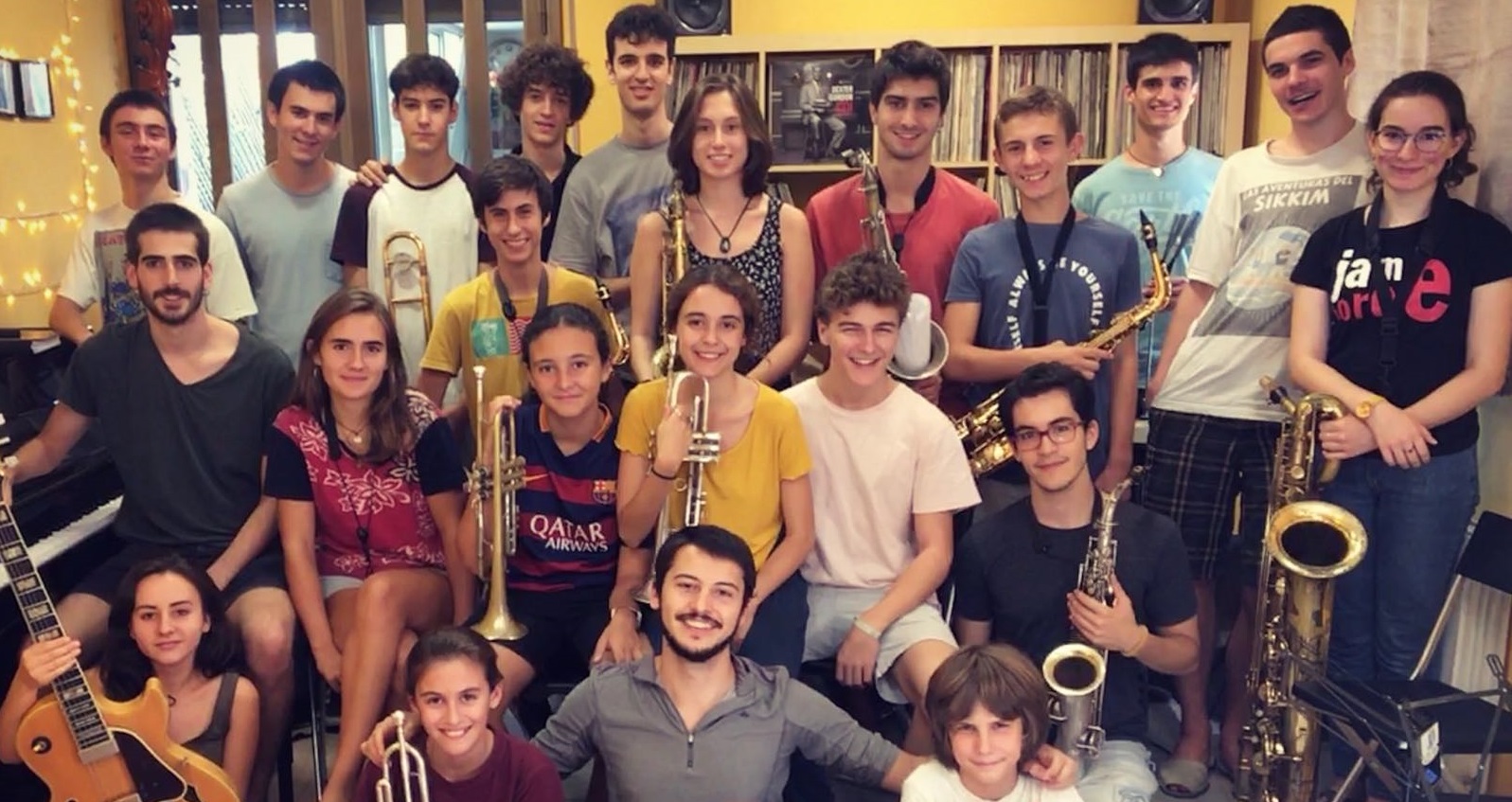
Sant Andreu Jazz Band at the home of Joan Chamorro. Photo by Joan Chamorro.
Sant Andreu is one of Barcelona’s nine main districts. The start of the Sant Andreu Jazz Band was a small music class at the local music school Escola Municipal de Música de Sant Andreu. Joan Chamorro was a teacher there and as a passionate jazz musician he introduced jazz to a small group of eight young students who had not played jazz before. Their training in the school had so far been focused on classical music. Their first attempts to play jazz was of course not very deft and did not involve much (if any) of the improvisational elements of jazz. This was back in 2006 and a lot has happened during the twelve years since then.
The Sant Andreu Jazz Band is today an independent music project with some twenty members of different ages. They play jazz and related genres with high quality, although there are some very young musicians in the band. This is not to say that everyone in every way and all the time play like experienced professionals, but as a whole the band is of a remarkably high quality. They play sophisticated arrangements with strength and elegance and the solo improvisations are mature and played with passion. It is quite a remarkable development. Together with the charm of youth the band is irresistible. You just have to love them!
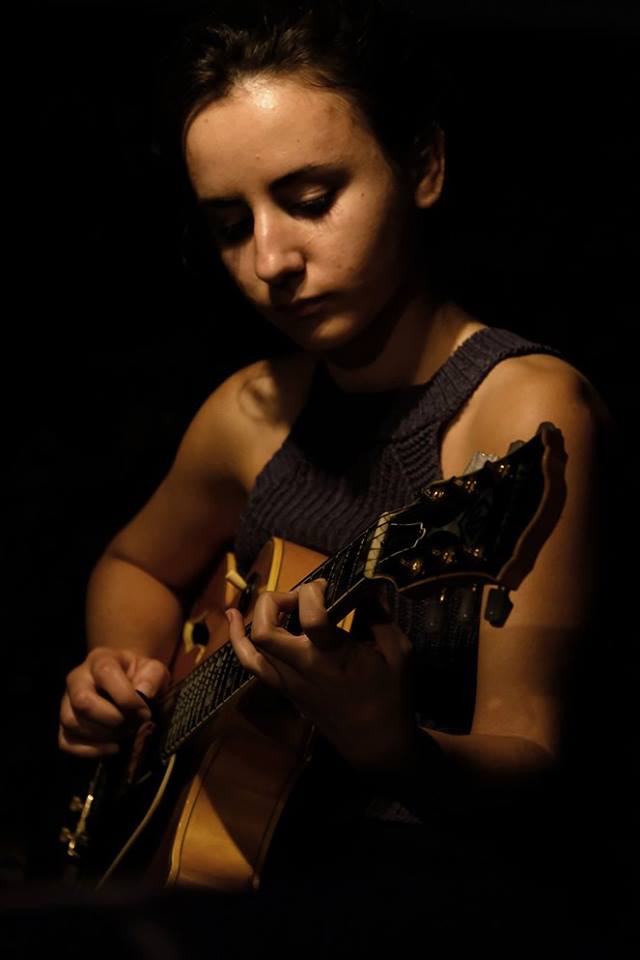
Carla Motis. Photo by Josep Colet.
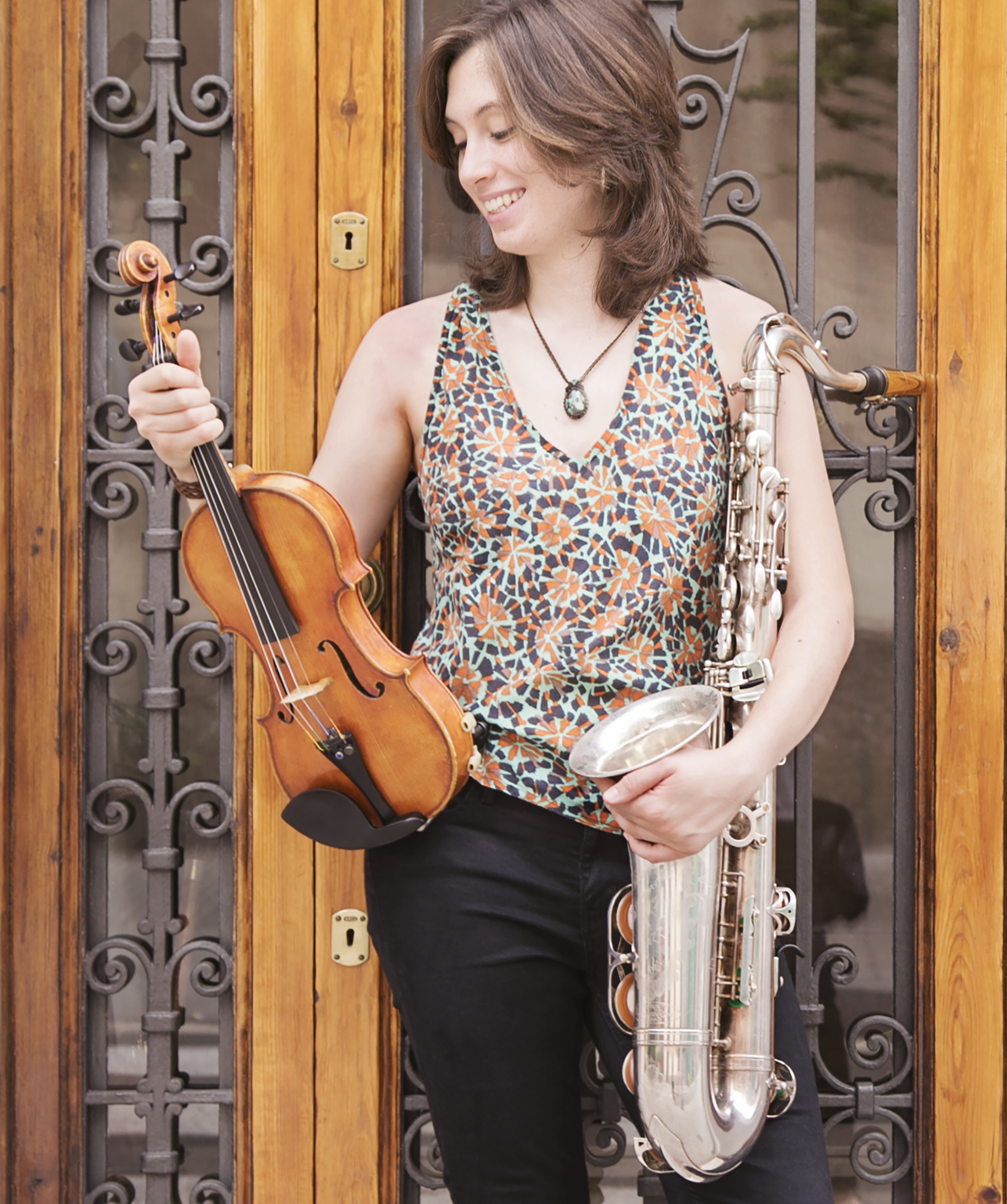
Èlia Bastida. Photo by Lili Bonmati.
I arrived at the concert hall in good time for our meeting, and on the side of the hall I saw a well-known Swedish jazz musician walking in the opposite direction on the pavement, the trombonist, singer and band leader Nils Landgren. You see a lot of well-known people in Stockholm, so there is nothing peculiar about that. I continued to the main entrance where Joan and I were supposed to meet some fifteen minutes later. Joan was already there and he told me that he was looking for a person he was supposed to meet at the stage entrance. We found out that the person he was looking for was in fact Nils Landgren, who wanted to make a connection with Joan because he was interested in Joan’s work. We walked together in the direction where I earlier saw Nils Landgren and we spotted him almost immediately. We said hello and Nils politely asked me if he could talk to Joan just for a few minutes. There is no other answer to such a question than a “yes”. I waited at the main entrance and a few minutes later Joan came back, anxious to keep his appointment with me. So, Joan is a busy person who many want to talk to and learn from. He is also generous with his time and his ambition is obviously to give everyone what is agreed.
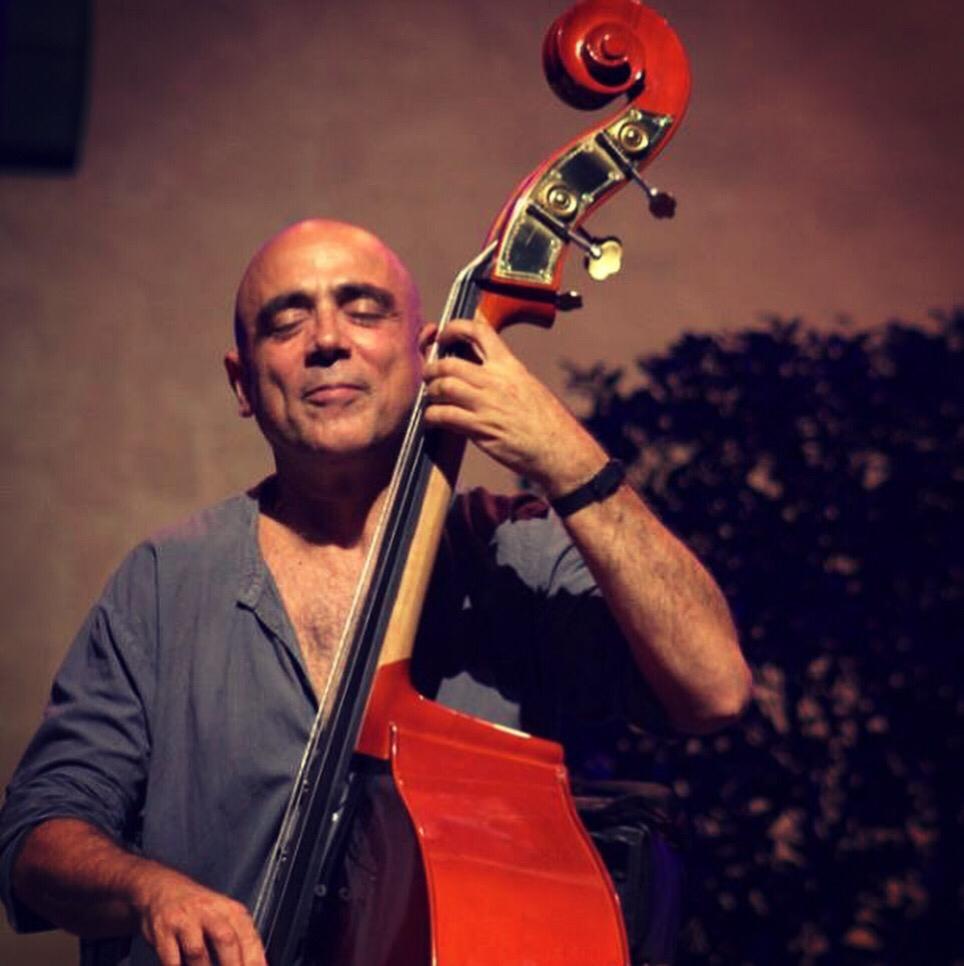
Joan Chamorro
When we entered the café (exactly on time) we had thirty minutes before the band´s rehearsal, but there was not a sign that Joan and the two band members would not give me and my questions full attention for the full half hour. Although the band now has quite a reputation around the world, Joan and the girls did not have the slightest touch of diva manners. Instead, it was almost as if we worked together. Joan told me to sit at the top of the table. Then he went to buy coffee for all of us, so I could start the discussion with Carla and Èlia. When he came back we continued the discussion, and we conducted it in English since I cannot speak a word of Spanish. They helped each other to understand and answer my questions. English and Spanish discussions were mingled around the table.
I have a good reason to give you these pictures of the social settings around my interview – about what happened before my interview and about the interaction during the interview. My hypothesis is that these settings indicate an important cultural dimension of the success formula of the band. Music, people, sharing and cooperation lie at the centre of the band’s focus, not image building, glamour and other surface phenomena.
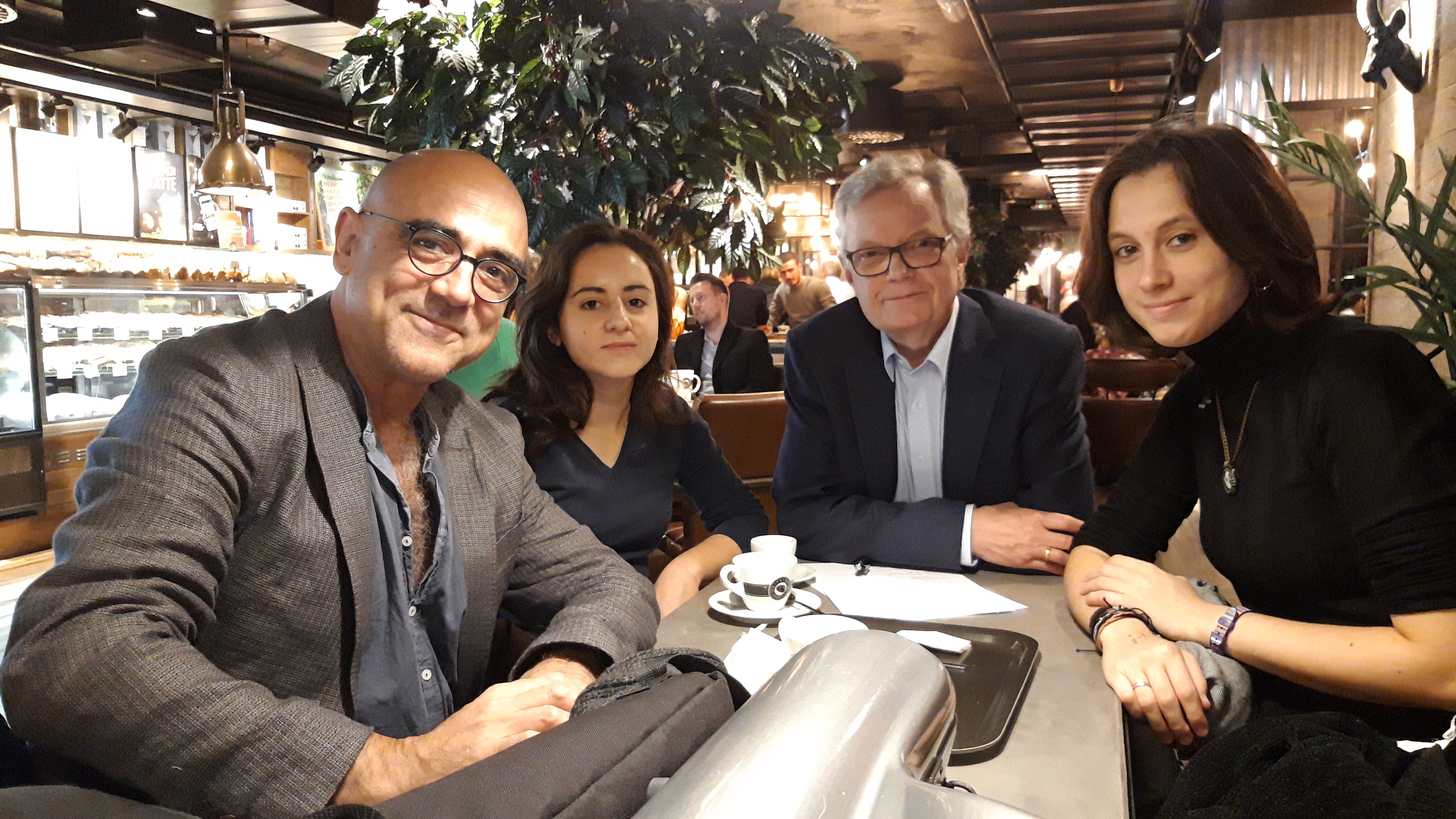
Joan, Carla, Bengt-Ove and Èlia
Firstly, said Joan, the young musicians need to hear a lot of jazz. Listening makes you feel the qualities and the soul of the music, and how it differs from other kinds of music. Of course you have to learn the songs and to play your instrument, but hearing jazz played is more important than the command of transcriptions.
Secondly, there is the belief that young people, children and teenagers, actually can play jazz. As a leader and teacher of young musicians you have to have that belief. The young musicians then feel your confidence in them, and they also feel their own confidence in themselves. This might sound like a simple idea to adopt, but admit; quite many of us have the more or less conscious notion that jazz is music for grown-ups. Of course you cannot as a child play difficult things right from the start. Your contributions to the band’s music are small in the beginning, and senior members perform the more advanced tasks. But gradually you become more and more senior, both in age and tasks. And all the time there is this belief in you – the basic belief that you actually can play jazz.
Thirdly, there is the sense of presence. When you play you have to be there, not somewhere else. You have to be in the music and together with the others in the group. You must not observe yourself from the outside, from the views of spectators or a camera (whether or not they are present). Such a preoccupation would split your focus.
Fourthly, there is the positive energy of the group. The younger learn from the older and you are perceived as important regardless of the size of your contribution. And eventually the younger become more experienced and take on the roles of seniors and role models.
There are a couple of connecting features of the band that fit neatly together with these four principles. Many members take on different roles in the band. Sometimes you are the front figure as vocalist/instrumentalist, sometimes you sit in the band backing up other band members who are the front figures in those songs. And many members play more than one instrument and sing very well too. It should also be mentioned that several senior members have been featured in special albums, backed up by the others and/or professional musicians. Altogether this means that the band really works as a school where everybody is supposed to have his or her chance, but the band uses this modus operandi and still keeps up an exceptional quality.
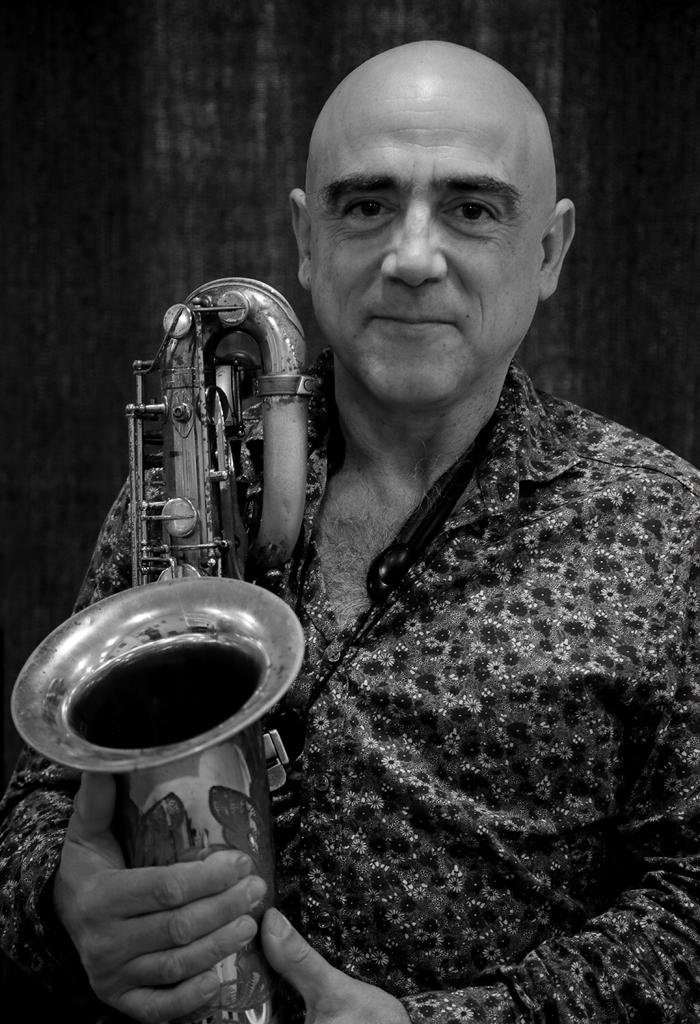
Joan Chamorro. Photo: Toni Ricart
What about the musical side of the band, then? Who works with all this? As the musical director, Joan of course is in charge of the music in terms of planning, repertoire, arrangements, rehearsals and performances. Joan leads rehearsals not only of the band as a whole, but also of the different sections separately – trombones, trumpets, rhythmic section and saxophones. In addition, the saxophone players receive Joan’s individual saxophone classes since they started those classes with him when very young. Other members get a lot of their training as musicians in their basic music schools and universities, but anyone who wants to deepen in jazz music could receive Joan’s classes. Again, Sant Andreu Jazz Band is a music school to its members. Joan’s main instrument is tenor saxophone, but he also plays other saxophones as well as double base.
Joan is obviously a very important person to the band, being in the centre of both music and organisational tasks. However, you can now and then see signs of an ambition to make the musicians take on leadership responsibility. On stage, you can sometimes see that Joan has delegated the setting of tempo and other guidance of the band to the soloists. And sometimes there are micro discussions between soloists and Joan before starting the songs. A culture of sharing and involvement.
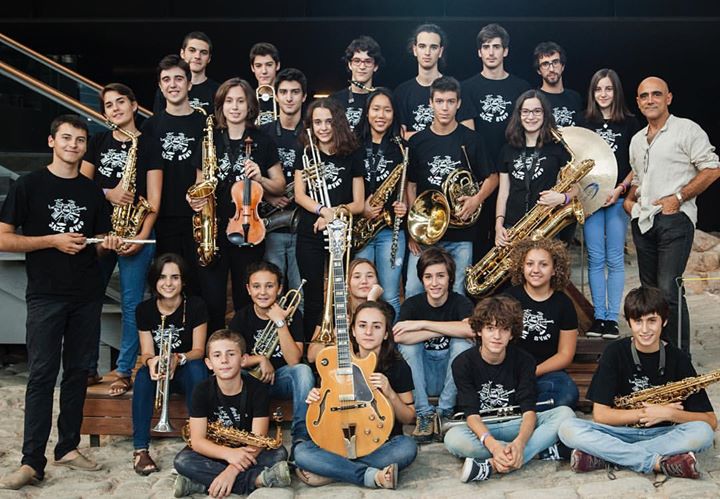
An earlier version of the Sant Andreu Jazz Band
Carla is now the only original member of the band. She is 21 and was 9 when the band started. Èlia joined the band 2012 when she was 17. She is now 23. Both had played their main instruments (guitar and violin) several years before they started in the band – Carla since she was six and Èlia since she was four. Two years after Èlia joined the band she started to play the saxophone, inspired by others in the band and given the possibility by Joan.
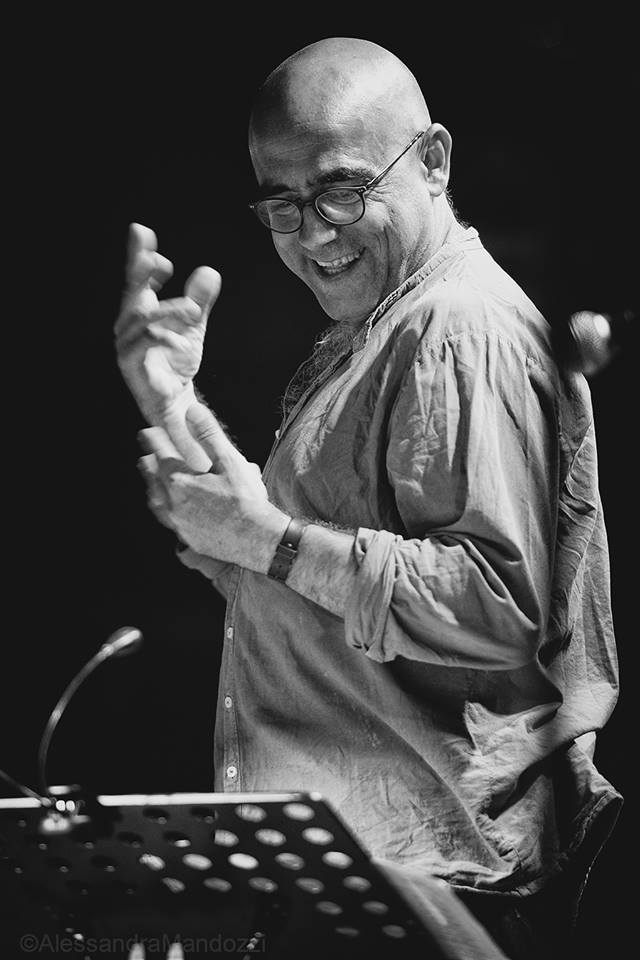
Joan Chamorro
If you search for the band on YouTube you get a mix of videos from different years, and you can see that there over some years has been a strong core of members developing in the band, a core that is probably now getting close to moving somewhere else in musical life. However, there is no reason to believe that the Sant Andreu Jazz Band will not be successful in its future regeneration. If you can create a band like that from almost nothing, you will probably also be successful in regenerating the band. And the Sant Andreu Jazz Band must today be a very attractive band for young musicians to be a part of.
The only problem I see for the future is when it is time to find a successor to Joan Chamorro. Sant Andreu Jazz Band is very much a music project built on his vision and sustained by his passion. The four principles above might seem easy enough to formulate and to accede to in theory. But the formula does not rest on theoretical principles; it rests on a very personal and lived practice. Regeneration of leaders can be difficult. Fortunately that moment is probably far away in time.
As a last question I asked Joan, Carla and Èlia for advice on where to see the band next time. They all agreed that I should come to the performance on November 28 at the Palau de la Música Catalana, in Barcelona. Seeing the magnificent hall and the program (photo and links below), I cannot resist…
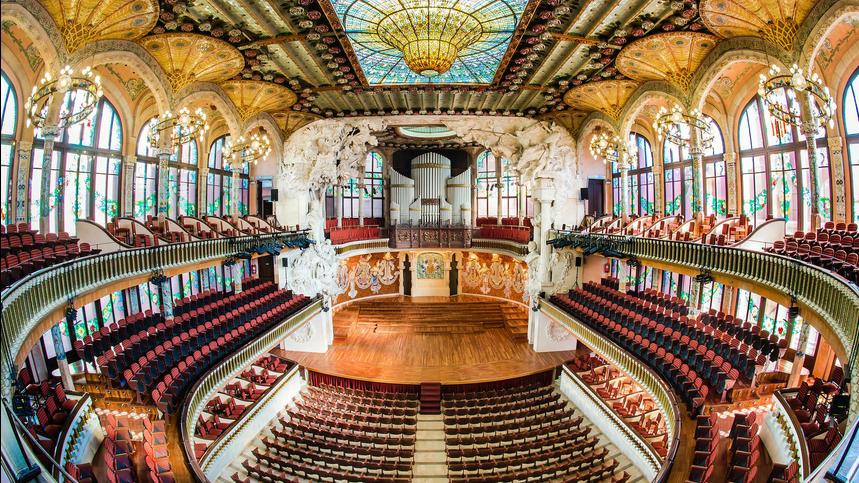
Palau de la Música Catalana
Sant Andreu Jazz Band at Palau de la Música Catalana
Follow Sant Andreu Jazz Band on blogspot.com and on social media. And of course on YouTube!
Below you’ll find links to a mix of YouTube videos from different years and with different constellations, often also involving professional musicians. The video list is not arranged in categories. To me, this unsorted mix of ages and constellations is an important part of the charm of this band. And the list only gives you the song titles. You will find information about who is playing in connection to each video.
You can easily find many, many more nice music videos if you search for Sant Andreu Jazz Band and/or Joan Chamorro on YouTube!
Related Posts
Why do we love the Sant Andreu Jazz Band? (June 26, 2020)
To be sincere (May 30, 2020)
Joan Chamorro New Quartet (February 3, 2020)
Joan Chamorro (August 9, 2019)
Èlia Bastida (May 24, 2019)
Added reflections on The Sant Andreu Jazz Band formula (January 3, 2019)
La Màgia de la Veu & Jazz Ensemble (July 8, 2017)
Sant Andreu Jazz Band live (April 30, 2017)
Sant Andreu Jazz Band (September 22, 2016)